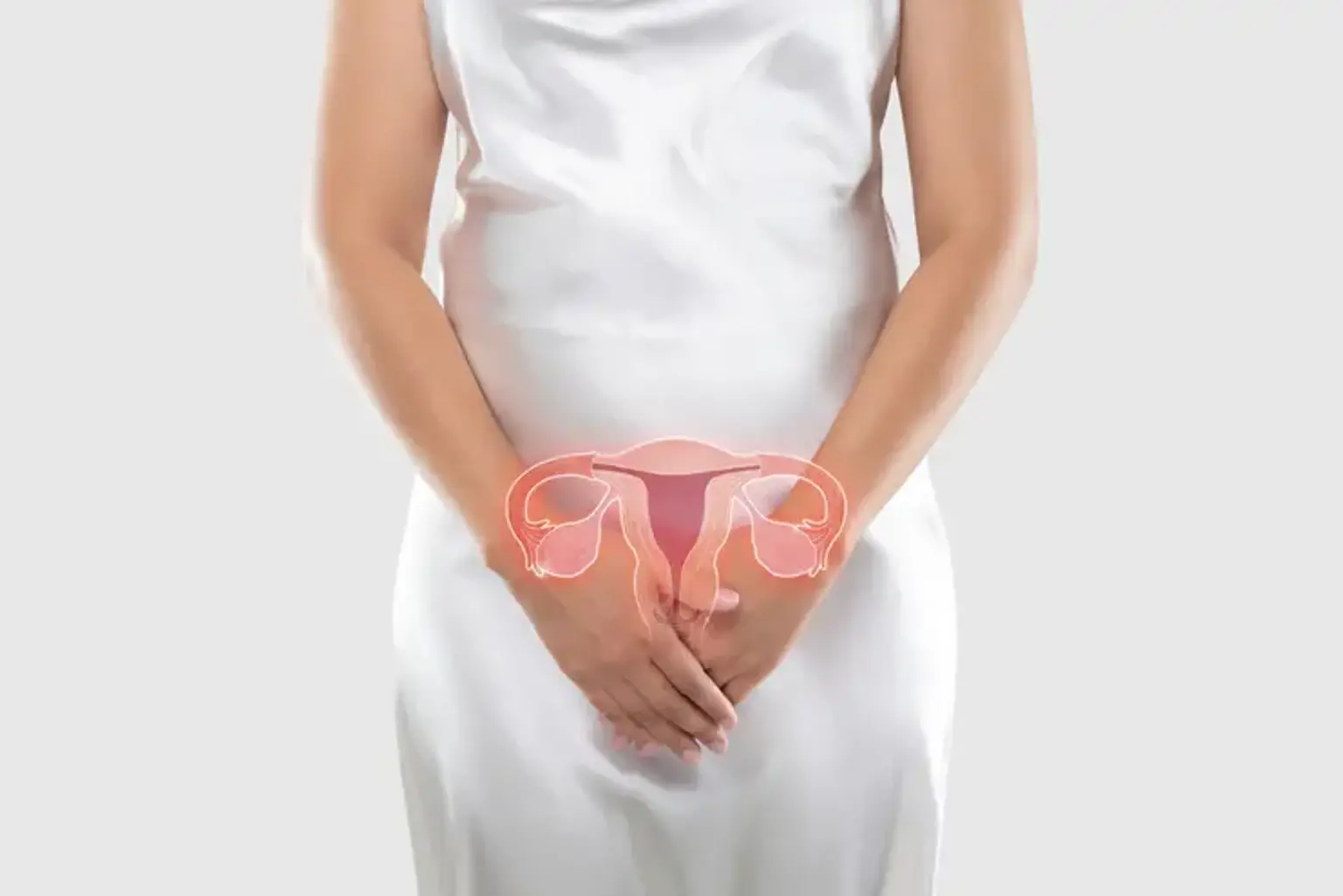Introduction
Pelvic organ prolapse (POP) is a condition where the pelvic organs, including the bladder, uterus, and rectum, drop from their normal positions and push against the walls of the vagina. This occurs due to weakened pelvic floor muscles, often after childbirth, menopause, or aging. For many women, POP can cause discomfort, urinary incontinence, and difficulty with bowel movements, which significantly affects their quality of life.
Laparoscopic sacrocolpopexy surgery is a minimally invasive procedure that has revolutionized the treatment of pelvic organ prolapse. By using small incisions and a camera-assisted technique, surgeons can reposition the pelvic organs and restore normal vaginal anatomy with minimal pain, faster recovery, and fewer complications compared to traditional open surgery.
This article will guide you through the basics of laparoscopic sacrocolpopexy surgery, its benefits, and why it’s becoming increasingly popular worldwide. Whether you're considering this surgery for yourself or just seeking to understand the procedure better, this comprehensive guide will give you the insight you need.
What is Laparoscopic Sacrocolpopexy Surgery?
Laparoscopic sacrocolpopexy surgery is a procedure used to treat pelvic organ prolapse, where the pelvic organs fall or bulge into the vaginal canal. The surgery involves lifting the pelvic organs back into their proper position using a mesh material that is attached to the sacrum (a bone at the base of the spine) via small, minimally invasive incisions. This type of surgery is performed using a laparoscope—a thin, flexible tube with a camera that allows the surgeon to see inside the body without making large incisions.
The primary goal of laparoscopic sacrocolpopexy is to support the vaginal vault and restore the proper alignment of the pelvic organs. By securing the vaginal walls with mesh, it prevents the organs from prolapsing again, offering long-term relief to patients suffering from POP.
This procedure differs from traditional open surgery in that it involves smaller incisions, which typically results in less pain, fewer complications, and quicker recovery times. In some cases, surgeons may also opt for robotic-assisted laparoscopic sacrocolpopexy, which uses robotic arms to provide even more precision.
